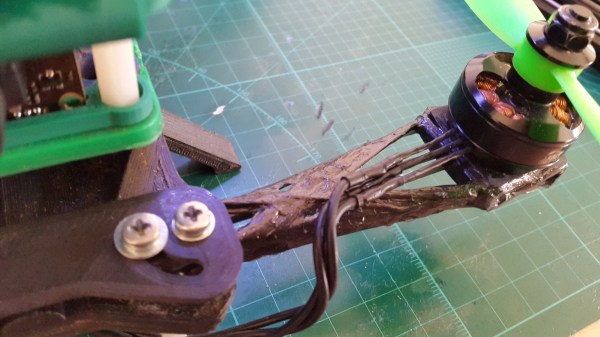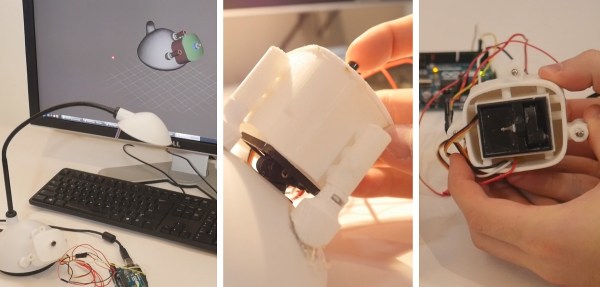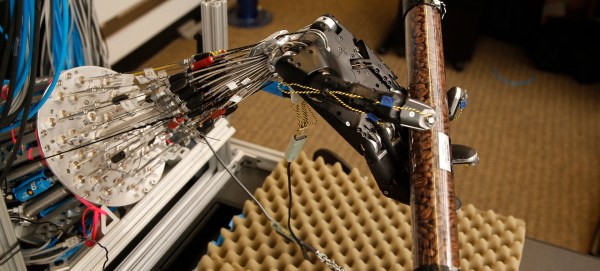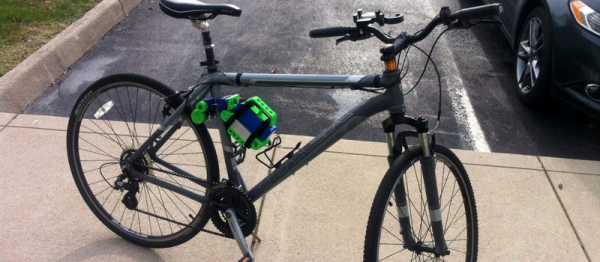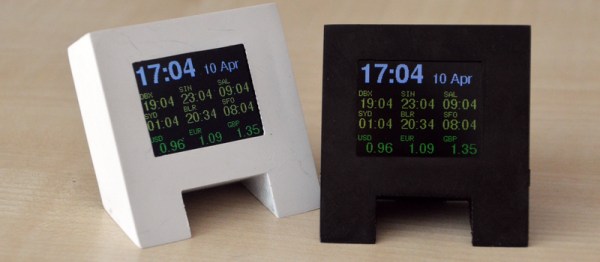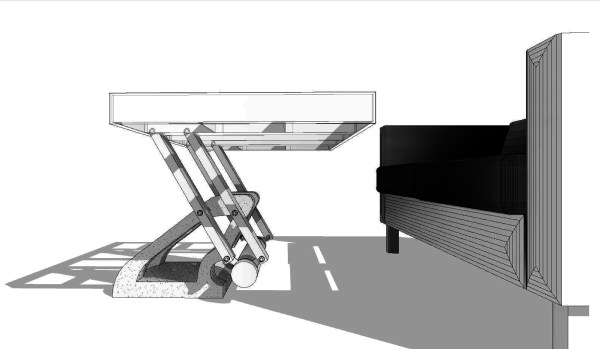[prubeš] shows that parts printed with carbon fiber filament are as strong, or at least as stiff, as you’d expect. He then shows that his method for producing carbon fiber parts with a mixture of traditional lay-up and 3D printing is even stronger and lighter.
[prubeš] appears to be into the OpenR/C project and quadcopters. These things require light and strong parts for maximum performance. He managed to get strength with carbon fiber fill filament, but the parts weren’t light enough. Then he saw [RichMac]’s work on Thingiverse. [RichMac] designed parts with pre-planned grooves in which he ran regular carbon fiber tow with epoxy. This produced some incredibly strong parts. There’s a section in his example video, viewable after the break, where he tests a T joint. Even though the plastic starts to fail underneath the carbon fiber, the joint is still strong enough that the aluminum tube inside of it fails first.
[prubeš] innovation on [RichMac]’s method is to remove as much of the plastic from the method as possible. He designs only the connection points of the part, and then designs a 3D printable frame to hold them in place. After he has those in hand, he winds the tow around the parts in a sometimes predetermined path. The epoxy cures onto the 3D print creating a strong mounting location and the woven carbon fiber provides the strength.
His final parts are stronger than 100% infill carbon fill prints, but weighs 8g instead of 12g. For a quadcopter this kind of saving can add up fast.
Continue reading “Super Strong 3D Component Carbon Fiber Parts”

